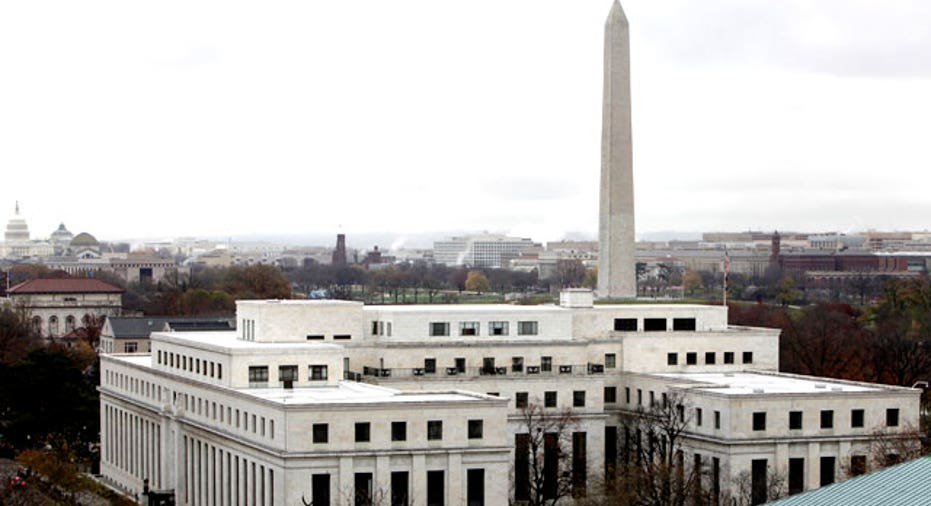Infighting at the Fed?

When people think of "the Fed," they might picture a monolithic building in Washington, D.C., or the serenely smiling, bearded face of its chairman, Ben Bernanke.
But the reality is, the group making decisions about raising or cutting rates or pumping money into the economy through so-called quantitative easing is made up of several highly educated, opinionated individuals with sometimes-conflicting ideologies, personalities and policy specialties.
Meet the Federal Open Market Committee.
The FOMC uses a variety of tools, including the adjustment of the key federal funds rate, to serve a dual mandate set forth in federal law to control inflation and maximize employment. While as chairman, Bernanke certainly takes the lead on deciding how to achieve those goals. But it's not a foregone conclusion that he'll get his way at every meeting. Before he can implement his plans, he has to get them approved by a majority of the FOMC at one of its regularly scheduled meetings.
In recent years, the Fed has used some unusual methods to nudge the economy forward in recent years. Those include massive purchases of government securities under the large-scale asset purchase plan dubbed quantitative easing, as well as a second round of buying called "QE2." On these measures, FOMC members don't always agree, and some FOMC members have stated publicly they won't support Bernanke's easy-money policies indefinitely.
To get an idea of where individual FOMC members stand on monetary policy and "QE2," here's a sampling of statements they've made in recent weeks.